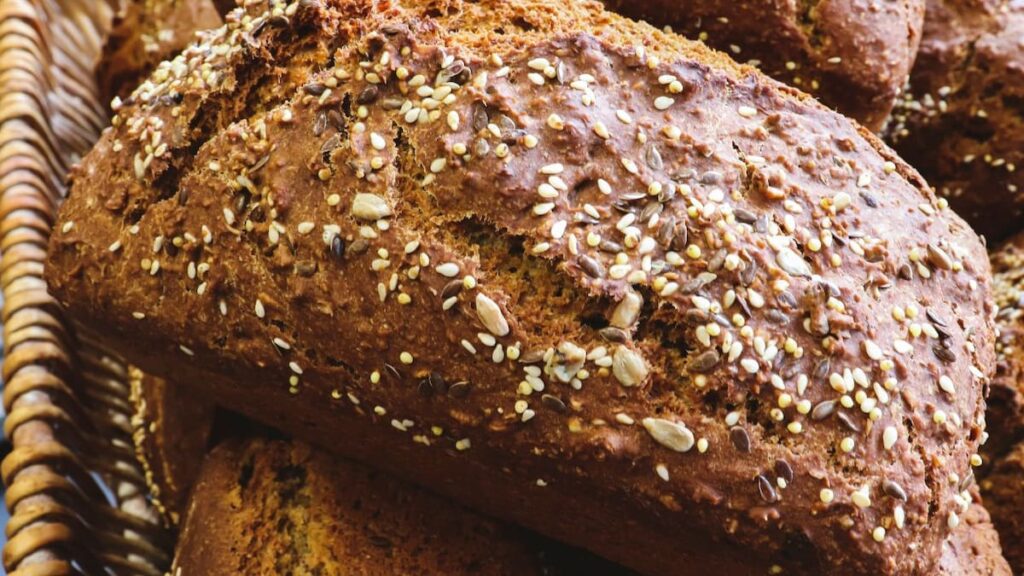Fresh bread can be defined as an ‘ultra processed’ food. Photo / Getty Images
Question: A recent article suggested some ultra-processed foods might not be as harmful as we’ve been led to believe. Are there any ultra-processed foods that can be considered “good”, or should we still avoid them altogether?
Answer: Food processing isn’t as simple as “good” or “bad”. It’s a spectrum, from
unprocessed and minimally processed foods at one end to ultra-processed foods at the other. In the past few years, many studies have linked ultra-processed foods to health risks, including a new Harvard study that linked two food groups to an increased risk of heart disease. However, the same research also named several ultra-processed foods that were good for health. So, can ultra-processed foods be both good and bad ?
In recent years, the focus of food health advice has shifted from nutrient content to how processed it is. This reflects a growing awareness of potential links between industrially processed foods and rising rates of chronic diseases, such as type 2 diabetes. The Harvard study, published in the Lancet, found ultra-processed food intake was associated with cardiovascular disease and coronary heart disease risk.
A previous Harvard study, published in the British Medical Journal (BMJ), found adults who ate the most ultra-processed foods had a 4% greater mortality risk and an 8% higher risk of mortality from neurodegenerative diseases.
Researchers developed the Nova classification system to explore links between food processing and health. It categorises foods into four groups based on their processing level.
Group 1 includes unprocessed or minimally processed items like fresh produce, grains, nuts, and meat. Group 2 covers processed culinary ingredients such as oils, butter and salt. Group 3 consists of processed foods that combine ingredients from Groups 1 and 2, like canned vegetables, fresh bread, cheese and cured meats.
Group 4 consists of ultra-processed foods, which differ from Group 3 by containing little to no wholefood ingredients. They typically have five or more ingredients, including substances like protein isolates, additives, colours, and emulsifiers – ingredients not found in home kitchens – and are generally high in energy, fat, sugar and salt, and low in fibre. Examples include instant soups, mass-produced breads, sweetened cereals, packaged snacks, soft drinks and many ready-to-eat meals.
Processed meats topped the BMJ and Lancet studies’ high-risk ultra-processed food list; the Lancet study also named sugar-sweetened or artificially sweetened drinks as having a high cardiovascular risk.
AdvertisementAdvertise with NZME.
But the Lancet study also found that some foods fitting the ultra-processed category, including wholegrain breads, cereals, yoghurt and some savoury snacks, were associated with improved health outcomes. Yet, isn’t it standard health advice to avoid all ultra-processed foods?
The reality is that placing processed foods into artificial categories denoting how processed they are is an imperfect art. We have known for some years that processed meats are linked to poorer health outcomes, while wholegrain bread and yoghurts are associated with improved outcomes. The problem is that wholegrain breads are categorised as ultra-processed as well as processed meats. Consequently, the Harvard researchers recommended deconstructing the ultra-processed food classification to create a more “nuanced understanding of their impact”.
Discover more
The Public Health Communication Centre Aotearoa recently released a briefing on ultra-processed foods, which urged health professionals to be cautious about how they talk about this food category. “The debate continues over whether these foods should be classified as harmful, especially when they provide essential nutrients,” says lead author Cristina Cleghorn. The reality is that ultra-processed foods are often affordable and have long shelf lives, making them a popular choice for families facing food insecurity, notes Cleghorn.
The Nova system highlights the risks of industrially manufactured foods and the need for improvements by multinational food corporations.
Although its categories need refinement for health researchers, sticking to the “less is more” approach – favouring whole and minimally processed foods like fruits, vegetables, wholegrains and legumes, with some ultra-processed items like wholegrain bread and low-fat yoghurt – can create a balanced, nutritious and convenient diet.
Save
Share this article
Reminder, this is a Premium article and requires a subscription to read.
Copy LinkEmailFacebookTwitter/XLinkedInReddit
Source link

